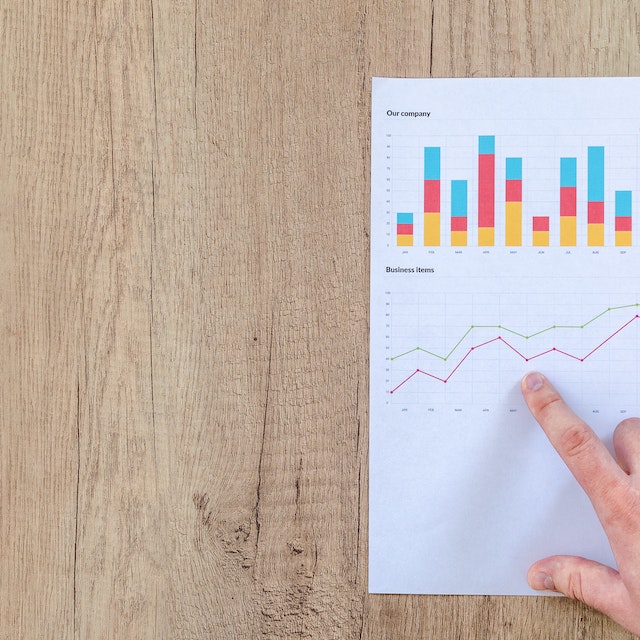Exploring the Significance of Descriptive Analysis in Data Understanding
Post Date:
Business Data
In an era where data permeates every aspect of our lives, the ability to derive meaningful insights from raw information has become paramount. Descriptive analysis is the bedrock of data analysis, pivotal in unravelling the mysteries hidden within datasets. This essay delves into the essence of descriptive analysis, its methodologies, applications, and its crucial role in helping us make informed decisions.
As its name suggests, descriptive analysis describes and summarises data to uncover its key characteristics, patterns, and trends. This analytical approach focuses on answering fundamental questions about data, such as "What does the data look like?" and "What can we learn from it?".
Significance of Descriptive Analysis
- Data Understanding: The primary importance of descriptive analysis is its role in understanding the data. It provides an initial glimpse into the dataset's nature, helping analysts grasp its essential properties.
- Data Cleaning: Data quality issues must be addressed before any advanced analysis can occur. Descriptive analysis helps identify outliers, missing values, and inconsistencies, which can be rectified to ensure data accuracy.
- Data Presentation: By utilizing visual aids like graphs, charts, and summary statistics, descriptive analysis helps in presenting data in an easily understandable format. This, in turn, facilitates effective communication of findings to stakeholders.
Methods of Descriptive Analysis
- Measures of Central Tendency: These statistics, including the mean (average), median (middle value), and mode (most frequent value), provide insights into the central or typical values in the data.
- Measures of Dispersion: These statistics, such as the range, variance, standard deviation, and interquartile range, quantify the degree of spread or variability in the data.
- Data Visualization: Visual representations like histograms, box plots, scatter plots, and bar charts effectively convey data patterns and distributions.
- Frequency Distributions: Creating frequency tables or histograms reveals how data is distributed, allowing for the identification of peaks, modes, and potential outliers.
- Summary Statistics: Calculating the minimum, maximum, sum, and percentiles provides a concise overview of the data's central characteristics.
Practical Applications
- Business Analytics: Descriptive analysis is a cornerstone of business analytics, used for market research, sales forecasting, and customer segmentation. It empowers organizations to understand customer behaviour, track sales performance, and optimize operations.
- Healthcare: In the healthcare sector, descriptive analysis aids in patient data analysis, disease tracking, and resource allocation. Hospitals leverage it to identify patient demographics, common ailments, and trends in health outcomes.
- Social Sciences: Researchers in sociology, psychology, and economics utilize descriptive analysis to study human behaviour, income distribution, and societal trends. It sheds light on complex societal issues and patterns.
- Finance: In finance, descriptive analysis is instrumental for risk assessment, portfolio management, and investment strategies. Analysts use it to comprehend asset returns, volatility, and market trends.
Descriptive analysis serves as the cornerstone of practical data analysis, allowing us to uncover the essential characteristics of data, identify patterns, and make data-driven decisions. Descriptive analysis empowers individuals and organizations to unlock insights and make informed choices across various disciplines through statistical measures and data visualization techniques. In a world awash with data, the role of descriptive analysis is irreplaceable, guiding us toward more profound understanding and thoughtful decision-making.
Last Update: Sept. 11, 2023, noon



